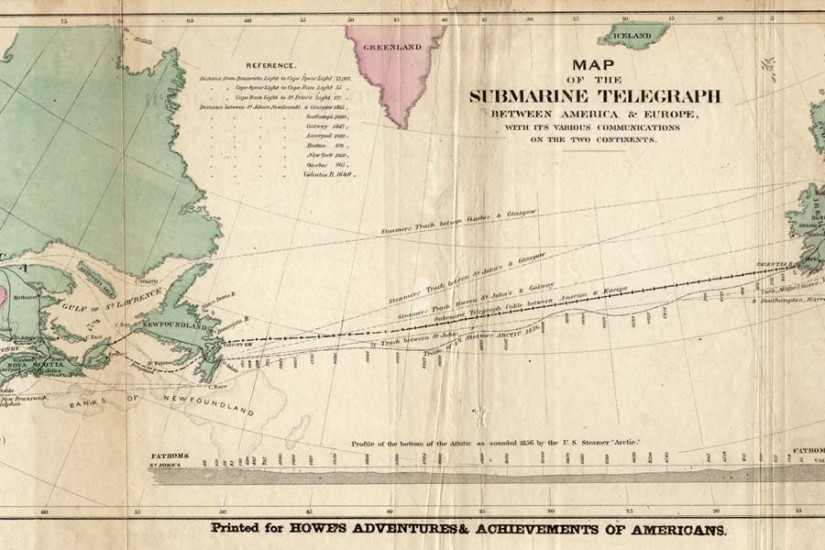On the afternoon of March 22, 1856, Charles Sumner of Massachusetts sat alone at his desk in the Senate chamber, intent on finishing some correspondence before the evening mail was collected. Suddenly a voice above him called out, accusing Sumner of libel against South Carolina and one of its senators, Andrew Butler. It was Butler’s nephew, congressman Preston Brooks, and without waiting for a reply, he began to beat Sumner with his cane.
Sumner was a large man, six foot three and 220 pounds in an era when the average American man stood no taller than five foot eight. But with his legs trapped under the heavy mahogany desk, he could not defend himself from the assault. Brooks struck him again and again, until Sumner lurched forward, ripping the desk from its bolts, and collapsed into the chamber aisle, unconscious and covered in blood.
For Americans, the caning of Charles Sumner—the most notorious act of violence in the history of Congress—often figures as a representative moment of the 1850s, the tense and belligerent years before the Civil War. It makes a cameo appearance in Ben Wilson’s sweeping global history of the decade, too. But Wilson is less interested in the origins of the political collision that brought Sumner and Brooks together than in the origins of the material that collided with Sumner’s unprotected head.
Brooks’s cane was fashioned from gutta-percha, a hard natural rubber made from Asian tree sap that had become, by 1856, a ubiquitous element of Victorian life, used in everything from raincoats to inkstands to golf balls. Gutta-percha is important to Wilson because it served as the mid-nineteenth century’s dominant form of insulation for underwater electrical wire. Wilson begins his book with the laying of the Channel Cable in 1851, which put Britain in direct telegraph contact with the European continent. He ends it with an account of the innumerable wires that, fewer than twenty years later, threaded the world in copper and gutta-percha, making it possible for the results of horse races in London to arrive almost instantly in Calcutta or Tokyo.
For Wilson, the defining feature of the 1850s was not the bitter gridlock of antebellum American politics but the giddy optimism of a new global era—one lubricated by free trade, accelerated by technological advance, and powered above all by a faith in the endless possibility of human progress. The year 1851, Thomas Hardy later wrote, marked “an extraordinary chronological frontier or transit-line, at which there occurred one might call a precipice in Time.”
This is Wilson’s subject, and his thesis: that the 1850s “provided one of the most concentrated bursts of global change that has been seen in history,” while much of what followed, across the rest of the century, was mere “refinement and extension.” Inter-continental telegraphs, steamships, and railways rolled across Hardy’s chronological frontier, erasing vast distances and fundamentally altering the ways that human beings understood their relationship to each other and to their world. “The pre-modern world was space-bound,” as Tony Judt once wrote, “its modern successor, time-bound.” The critical period in which that transition was accomplished, Heyday argues, were the years just after the midpoint of the nineteenth century.
